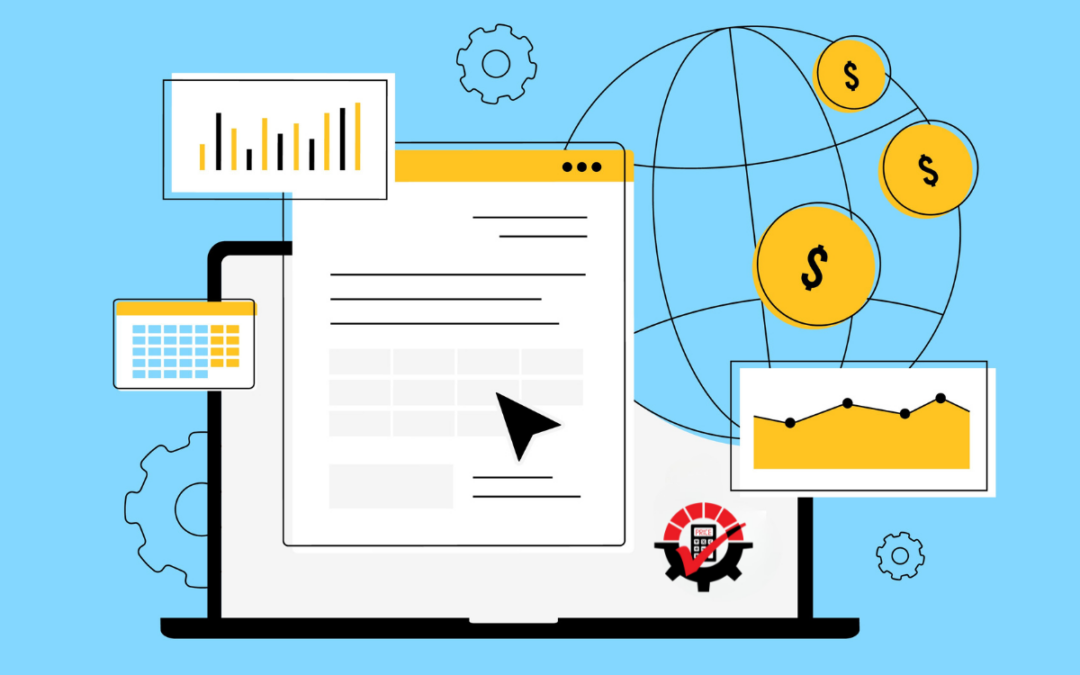Every CFO understands the importance of precision in financial management, especially when it comes to sales discounts. In traditional Enterprise Resource Planning (ERP) systems, the ability to track discounts is often limited—typically, they allow only one discount per sales line, which can be quite restrictive. However, Rockton Pricing Management (RPM) offers a solution that gets finance professionals truly excited.
Unlimited Discount Tracking
Unlike standard ERP systems, RPM allows for the application of unlimited discounts on a single sales line. This flexibility is crucial for businesses that need to apply multiple discounts to a single transaction due to various promotional strategies or customer-specific deals.
Flexible Discount Stacking and Calculation
With RPM, not only can discounts be added in any quantity, but they can also be stacked in an order that best suits the business strategy. For instance, consider a product priced at $100 with potential discounts of 5% and 10%. Under traditional systems, applying these discounts consecutively could either leave the price at $85 or $85.50, depending on whether the discounts are compounded. RPM supports both sequential and non-sequential discount stacking, giving businesses the flexibility to choose the method that aligns best with their pricing strategies.
Advanced Configuration and Tracking
Every discount processed through RPM is handled via a sophisticated Price Calculation mechanism. These calculations can be configured to manage margins, percentages, markups, discounts, and other mathematical manipulations. As a bonus, Calculations can be tailored to specific situations or attributes, such as item types or customer characteristics.
Detailed Financial Tracking
What truly sets RPM apart for CFOs is its robust tracking capabilities. Each discount can be monitored by tracking its impact to the General Ledger, allowing CFOs to track the efficacy and financial impact of each discount in real-time. You can flexibly track each discount to its own GL Account, mix them, or not track them at all. This capability is vital for understanding the performance of each discount, such as those related to customer loyalty levels, seasonal promotions, or product discontinuations. This allows for detailed performance analysis, helping CFOs make informed decisions about future discount strategies and their financial implications.
In summary, RPM offers a level of detail and flexibility in tracking discounts that is a game-changer for CFOs. By enabling unlimited discounts, flexible stacking options, and detailed tracking, RPM not only simplifies discount management but also enhances financial oversight, making it a favored tool among financial leaders.




